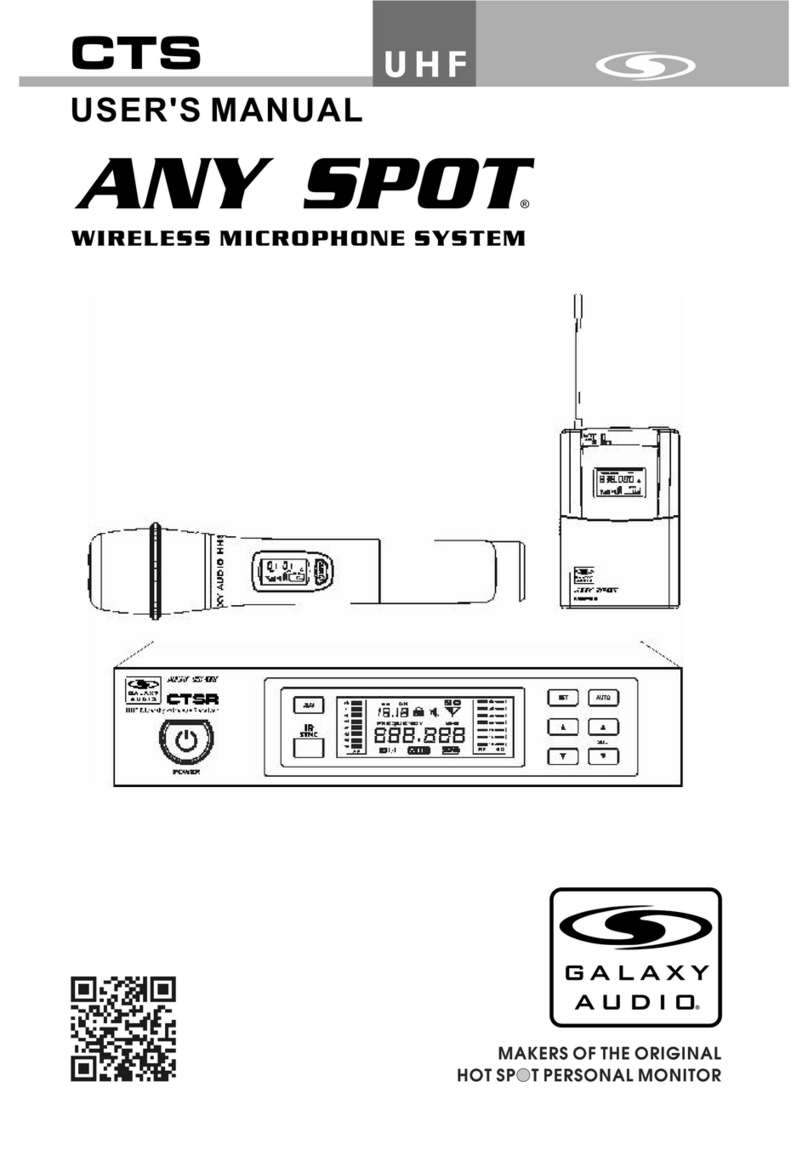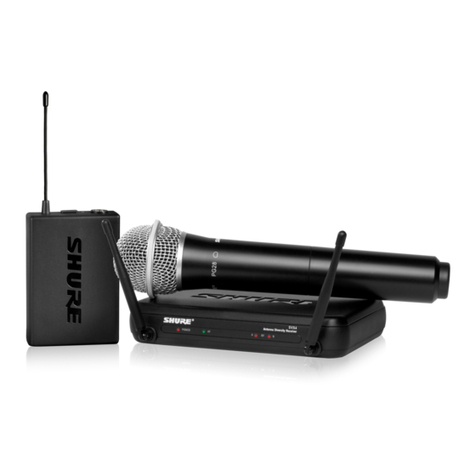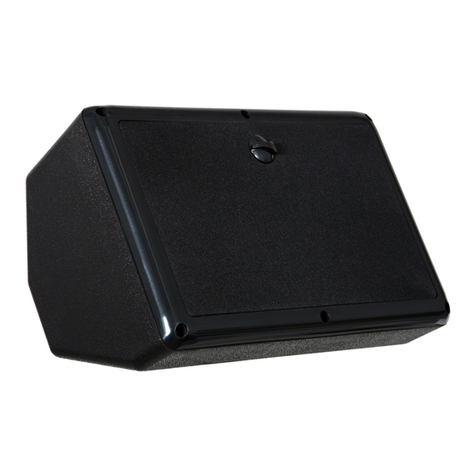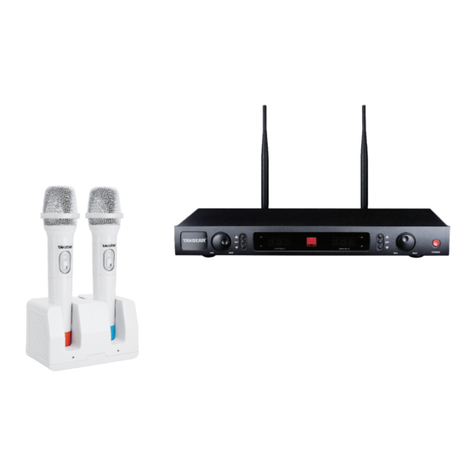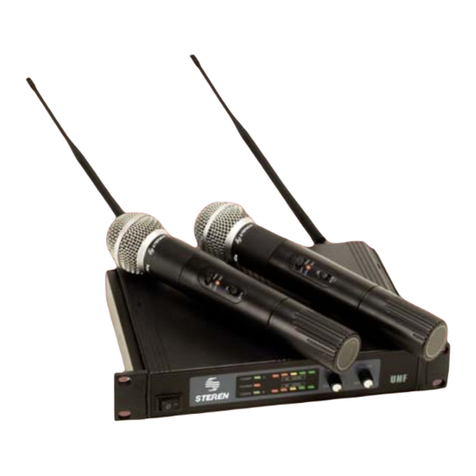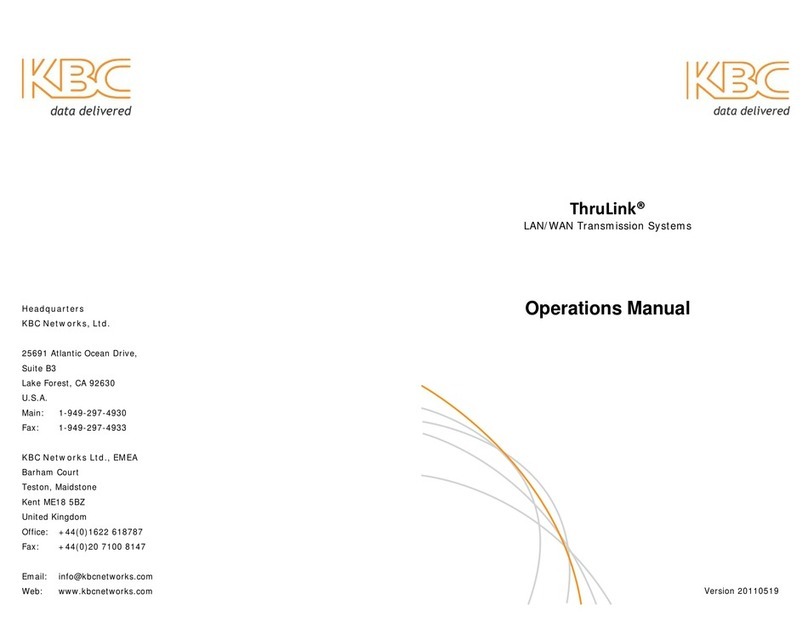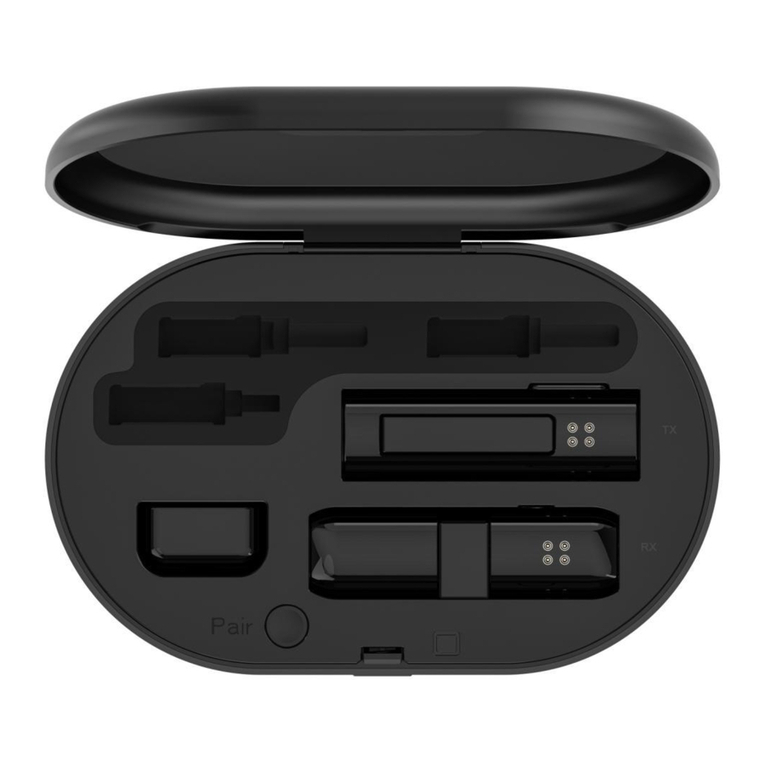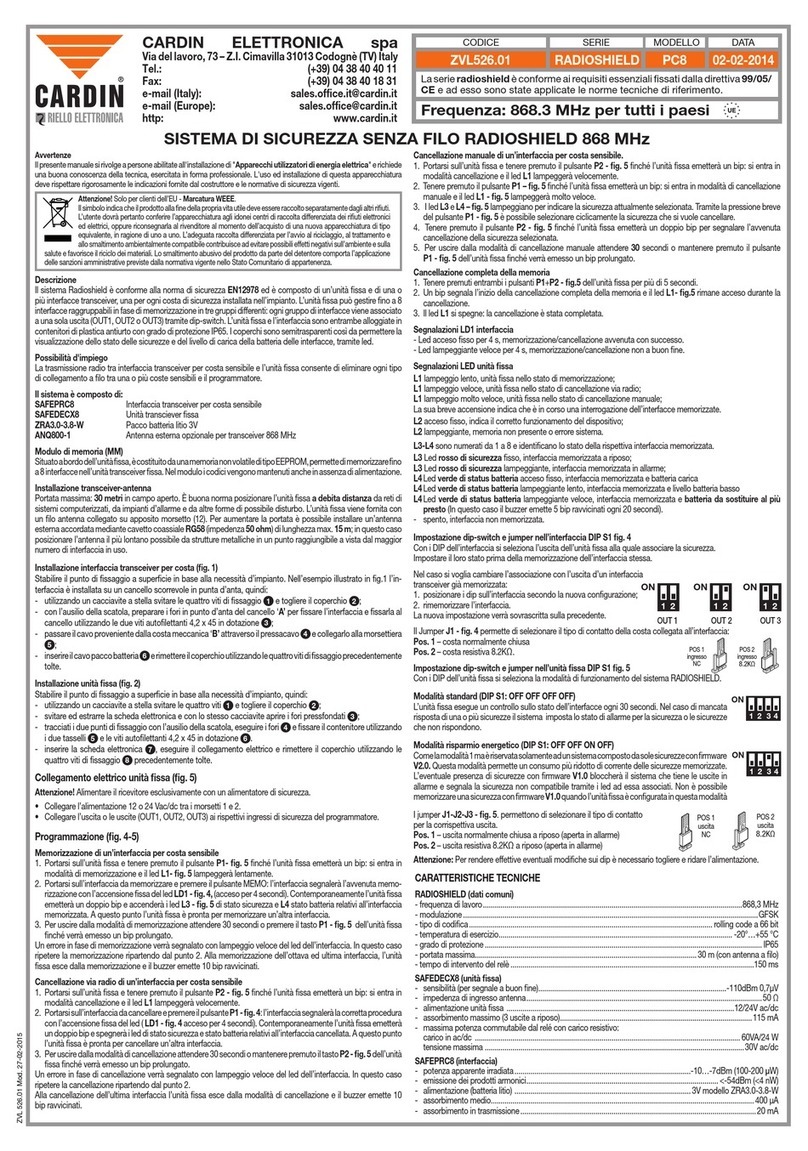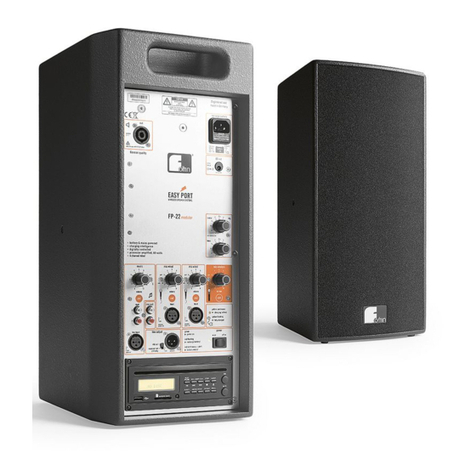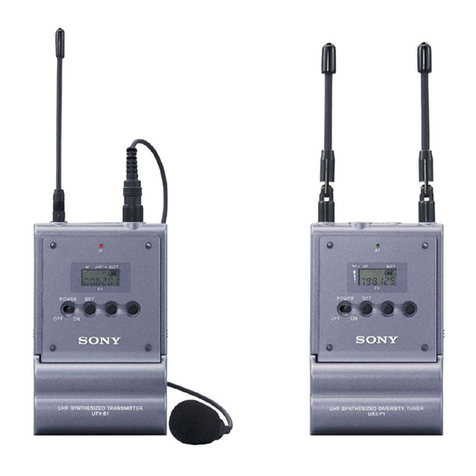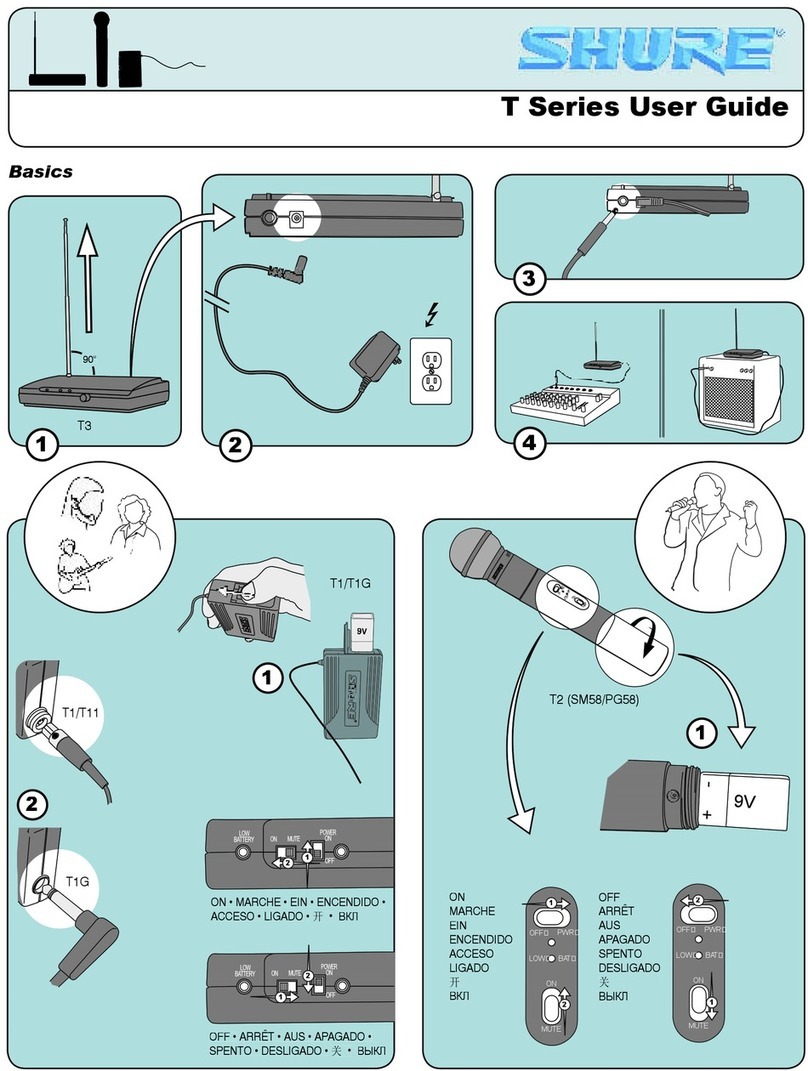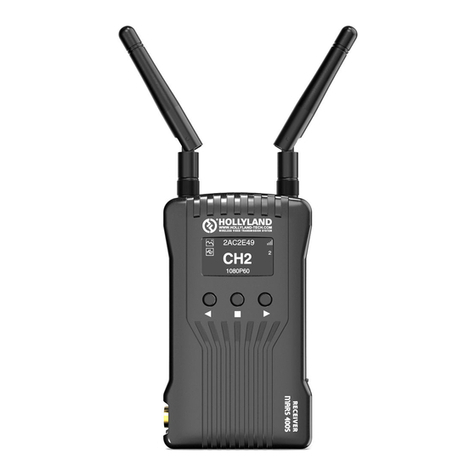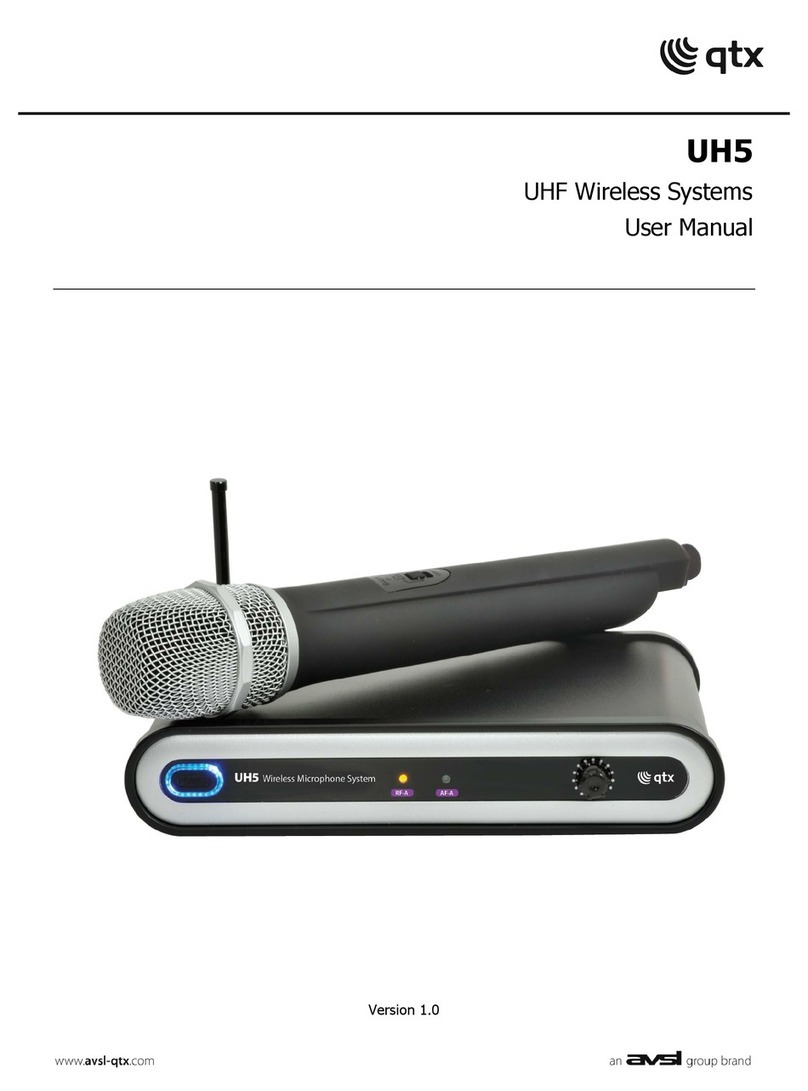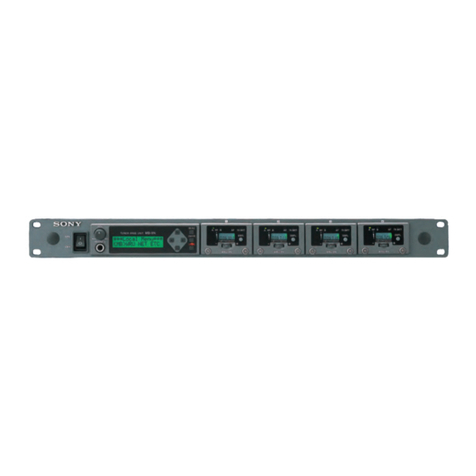Slate Digital VMS ONE User manual

!
Virtual Microphone System
Quick Start

VMS$Quick$Start$ by$Steven$Slate
This quick start guide will help you get acquainted with your VMS so you can start
making the best sounding music with it, fast.
Making Connections
1. Connect your ML-1 to the input of the VMS ONE with a XLR cable.
2. Connect the output of the VMS ONE to a LINE LEVEL INPUT of your interface using
a TRS or XLR cable.
3. The ML-1 microphone requires phantom power (+48v) to operate. Apply phantom
power from the VMS ONE by switching the +48v switch from OFF to ON.
4. Make sure the VMS-ONE INPUT switch is set to MIC.
5. Insert the Virtual Mix Rack plugin on the record track in your DAW, and add the
Classic Tubes module and the Virtual Preamp Collection module.
6. Select a Virtual microphone and Virtual preamp and start singing!
!!! IMPORTANT !!!!
If your interface has built in mic preamps or instrument inputs, be sure to read
it’s manual to ensure you are using the interface input as a line level input
and NOT as a mic preamp or instrument level input!
If the output of the VMS ONE is plugged into your interface’s mic preamp or
instrument level input instead of a line level input, your signal will be going
through two preamp stages which will distort and color the sound in an
undesirable way.
If your interface has combo XLR / TRS jacks, there may be a switch or
software menu for selecting input types. When in doubt, consult the manual for
your interface and if you still have questions: Contact Our Support.
!!! IMPORTANT !!!
When applying phantom power, be sure to always mute your monitors and
headphones to prevent damage to your hearing or equipment!

VMS$Quick$Start$ by$Steven$Slate
Understanding Latency
If you are new to native recording, let’s talk about latency.
•To get the lowest latency, go to your hardware playback settings, and choose the
lowest buffer size.
•If you have plugins that add latency, you will need to bypass them before recording
with VMS because those plugins will slow your roundtrip latency times.
•At a sample rate of 96 kHz, with a Thunderbolt interface, you’ll be able to get down
to roundtrip latency times of 2ms, which is less than our little human brains can
decipher.
Pro Tools HDX and TDM Systems
If you have a Pro Tools HDX or TDM system, here is a trick for how to record and
monitor live through your HD system.
•Put the DSP version of the EQ3 or EQ7 plugin on the first insert. Don’t do anything
with it, just park it there. It will not affect the sound if you don’t adjust its parameters.
•Insert the VMR in the next slot, with the Classic Mics module and then the Virtual
Preamp Collection module of your choice.
Now you can monitor live through the VMS!
Optimal Recording Levels
The Classic Tubes microphones are calibrated so that an input signal peaking around
-12 to -10dBFS will match the original mic tone most accurately.
You can use the VMR Trimmer module before the Classic Tubes module to monitor your
input level as you record or adjust it later in the mix.
For special effect, you can drive the Classic Tubes Module harder to get more
harmonics and tube saturation, and you can further amplify these characteristics with
the intensity knob.!

VMS$Quick$Start$ by$Steven$Slate
Getting to Know the Mics and Preamps
Classic Tubes 1
FG-47
The FG-47 recreates the sound of one of the most famous vintage tube microphones in
the history of audio. It has a thick and full-bodied low end, rich and present midrange,
and smooth top end. This microphone sounds great on thick lead vocals, but also
sounds incredible as a kick drum mic, room mic, guitar mic, and on horns and strings.
FG-800
The FG-800 recreates the sound of one of the most popular modern tube mics, known
for being the go-to choice for pop and hip hop vocalists. It’s extremely bright and airy,
but with a warm bottom end. Using this mic on vocals will give you an instant polished
‘pop’ sound. However, this mic also sounds great on overheads and acoustic guitar.
FG-251
The FG-251 recreates the sound of one of the most sought-after vintage tube mics in
the industry. It’s one of the most in-demand lead vocal mics on the planet, known for
being crisp, warm and flattering on a variety of voices. The FG-251 also sounds great
on drums, guitars, acoustics, and just about anything else you put it on!
Classic Tubes 2
FG-67
The FG-67 emulates a vintage German classic known for being slightly dark, bold and
thick. This mic is amazing on vocals, rooms, horns and piano, and it’s one of Steven’s
favorite on toms.
FG-12
The FG-12 emulates an Austrian classic known for being incredibly smooth and rich-
sounding. We chose an absolutely incredible version of this mic to model – it’s the
perfect representation of this famous tone.
FG-M7
The FG-M7 takes one of the most famous dynamic vocal mics used in the studio by
artists like Michael Jackson and adds the tube stage of the classic 47, making it
extremely punchy and crisp, with incredible mids that cut through the mix. Definitely
gonna be a favorite!
FG-800M
The FG-800M emulates an older Japanese tube mic, and is slightly fatter and darker
than the stock FG-800. If you love the FG-800 but wish it was a tad less sibilant and
bright, you’re gonna love this.

VMS$Quick$Start$ by$Steven$Slate
FG-269
The FG-269 emulates an extremely rare German classic that shares much of the same
circuit as the 67, but with a different tube that makes it more open and clear. This is one
of the best-sounding vocal mics we’ve ever heard.
Classic Tubes 3
FG-47 MKII
This is the second model of a famous old German Tube mic. It is similar in nature to the
stock 47, but has slightly smoother upper midrange and top, along with a fatter low mid.
This mic will be perfect for vintage vocal sounds, and will sound great on a kick drum or
bass cabinet.
FG-44
This is the first VMS model of a classic ribbon mic, but in cardioid form. But since this is
Classic Tubes 3, we added a custom tube stage to give the mic model some more tube
harmonics and subtle saturation. This mic is great on anything that needs ultra smooth
vintage vibes.
FG-37a
A recreation of a famous vintage Japanese tube microphone. This mic is one of the
most flattering sounding microphones in the entire collection. The midge is sculpted in a
way that makes almost any voice pleasing. It also sounds great on acoustics, drum
overheads, and piano.
FG-67 MKII
The stock 67 in the VMS collection has the low pass filter mod which makes it brighter
than a typical 67, so we decided to add a gorgeous sounding stock to 67 to Classic
Tubes 3. The stock 67 is somewhat dark on the top end with beautiful lush lows. It can
be great on vocals, drum rooms, piano, horns, and just about anything that needs a
vintage tone.
FG-49
A model of one of the most famous old German tube mics, the FG-49 has an incredibly
dominant and rich midrange along with slightly airy and smooth top end. It makes a
fantastic vocal mic on the right singer, but really shines as a drum room mic, piano mic,
horn mic, or kick drum mic.
This manual suits for next models
12
Table of contents
